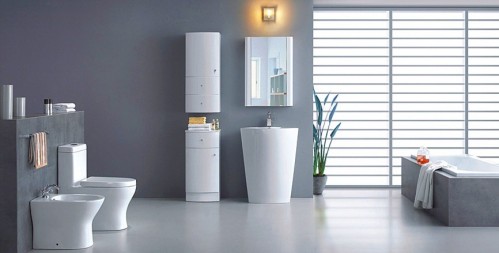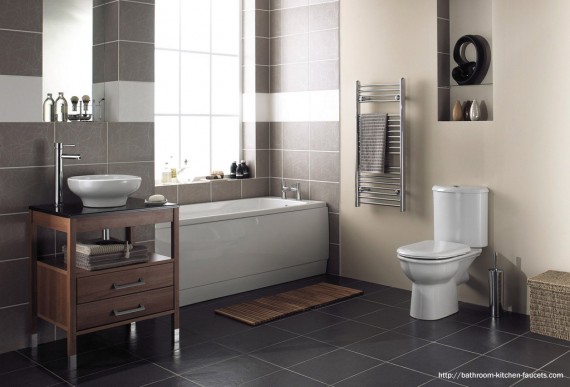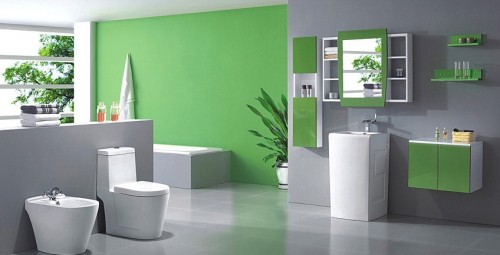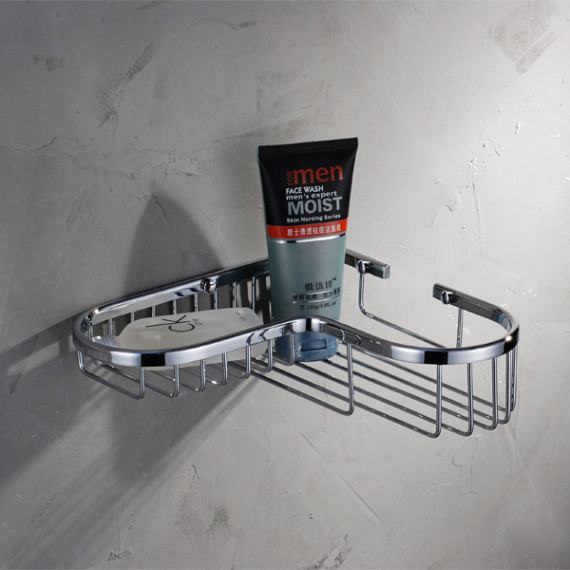A Successful Tile Design and Best Tile Installation guarantees years of trouble-free performance and increases your home’s value and beauty.Decorative tile is a beautiful, polyvalent, matériel expressif. Un dosseret de carreaux peut évoquer la fantaisie ou le drame. Une alcôve ou une douche en carrelage peut aider à vous détendre, tandis qu'un foyer en tuiles peut raconter une histoire ou refléter les nuances des grands espaces. Tile also has its industrious qualities as a hard-wearing, durable surface, which is why tile installations that are literally thousands of years old are still in service today.

There are many different types of tiles manufactured today, including ceramic, porcelain, natural stone, verre, métal, et plus, with an equally wide price range beginning around $3 a square foot to upwards of $100 a square foot (uninstalled).
Ceramic tiles are the staple of the tile world. They come in a wide variety of colors and sizes and have an attractive price point. According to Brock Baker of Brock’s Interiors, “Porcelain tiles have low porosity and are very durable, making them an excellent low-maintenance choice for floors.”
Brock encourages customers to consider their lifestyle when selecting tile— is it busy with many people on the go or is it a low-traffic environment with few people dragging dirt and muck into the house? D'une manière ou d'une autre, “it is important to match your selections to your willingness to clean and maintain the installation for long-lasting beauty and enjoyment,” Brock says.
It is also important to select tiles that work with your budget. Glass tiles and metal tiles are definitely at the higher end of the price scale. Par conséquent, consider using these tiles as accents and filling in the background with less expensive field tiles.
It is easy to become overwhelmed by the variety of choices. Par conséquent, consider hiring a professional designer with specific tile design experience to help you ferret through your choices. Working with a knowledgeable professional can save you time, aggravation and money. aditionellement, a professional can provide you with a variety of design combinations that you might not have ever considered.
Interior designer and tile design specialist Teresa Stadler enjoys the challenge of helping clients wade through the sea of tile choices. “I love the diversity of tile, because it allows me an opportunity to mix color, size, shape, and texture into a client’s project,” Stadler says.
Most people think of tiles as 4-by-4-inch squares, octagonal one-inch mosaics or the currently popular 3-by-6-inch subway tile. According to Craig Gurney of Gurney’s Tilework, “What most people forget to consider, when selecting tiles, is the finish pieces that most tile installation require, such as bullnose edging, coving, quarter rounds, and others.” Most tiles come in families, with a variety of available field tile sizes such as 1-inch by 1-by-1-inch 2-by-2, 4-by-4, 12-by-12 as well as bullnose and quarter-rounds.
toutefois, like human families, tile families come in different sizes so not all field tiles are produced with accent or trim “offspring.” This creates both an opportunity for creativity (finding compatible finish pieces) as well as the potential for a lot of frustration. A good tile mason or designer can help homeowners navigate the ocean of requisite tile pieces, again, saving them time and money.
When is a bargain not really a bargain? Len Mallory of Abbey Carpet and Floor has seen many a homeowner get suckered by a “good price” on tile. “What homeowners don’t realize is they are buying ‘seconds,’ which have several inherent installation issues such as irregular sizing— which makes evenly-spaced grout lines difficult to achieve, as well as irregular thicknesses that creates tripping hazards when you have a floor installation,” Mallory says. In the end, the added installation (labor) cost far outweighs any saving the homeowner may have garnered on the tile purchase.”
Once you have selected your tile, your next step is to decide whether you will complete the installation yourself or hire a professional. Your first consideration should be, do you have the tools and skill set to do a proper installation? The application surface, be it a floor or wall, must be properly prepared with the right materials. Par exemple, an uneven floor or a sub-floor with too much flex can result in cracked grout, cracked tiles or both. An improperly sloped shower pan will likely result in poor drainage and potentially disastrous consequences in the future due to moisture intrusion (think mold and rot).
enfin, to ensure many years of service from your tile installation, you need to properly maintain the tile. This includes avoiding products that will adversely impact your tile and grout. Craig Gurney’s advice is, “Never use bar soap in a tile shower— the bar soap’s composition is such that your grout will be compromised from day one.” Further, he recommends never using bleach products on grout. “The bleach will only disintegrate the grout over time, making it porous and prone to water infiltration. Clean your grout at least once a year with a neutral cleaner and reseal the grout, preferably with a color-matched sealant,” Gurney says.
Installing a new tile backsplash in an existing kitchen or bathroom can be a cost-effective way to bring a fresh look to your home during these difficult economic times. Consider your options carefully and take the plunge into the beautiful world of tile.








